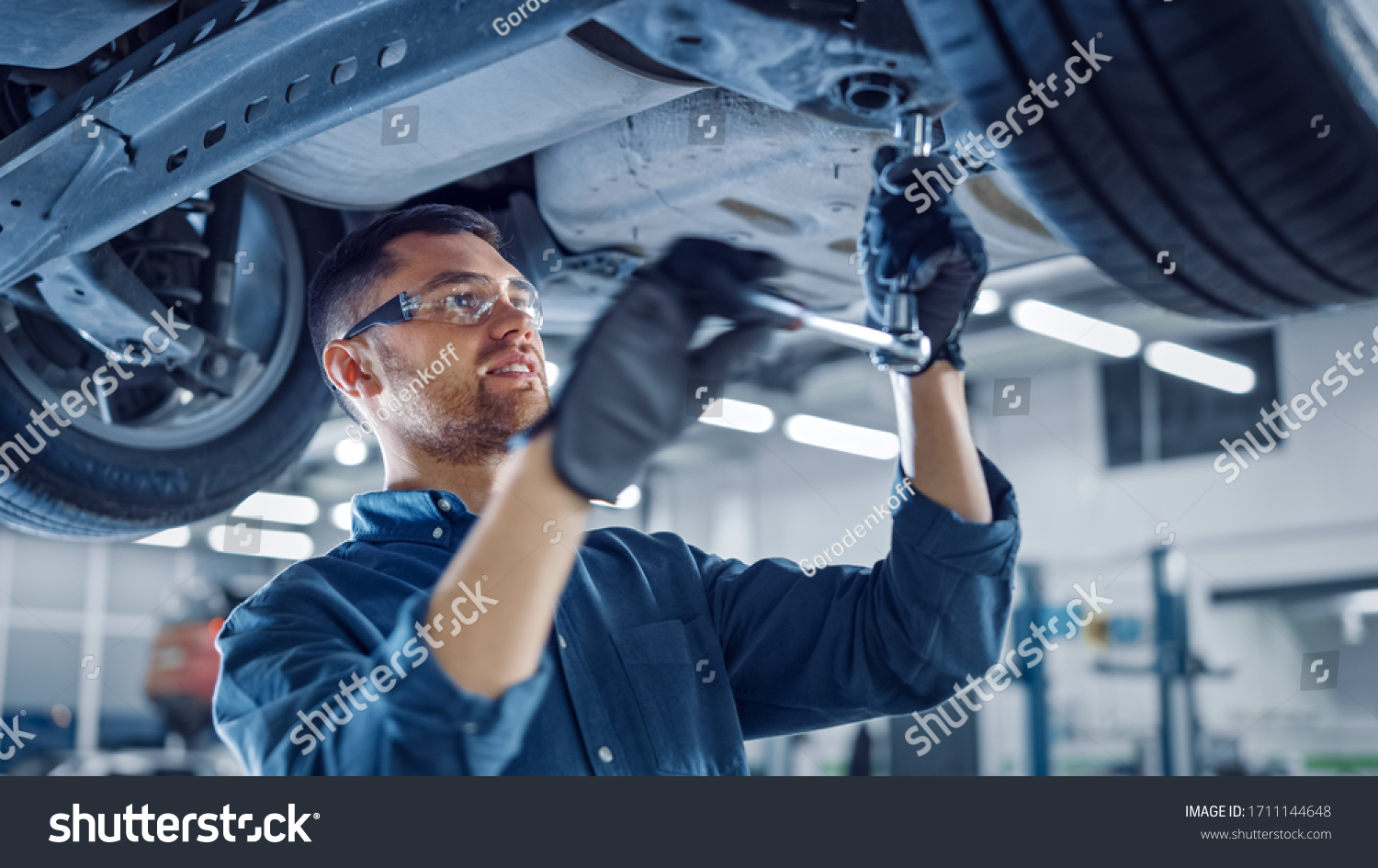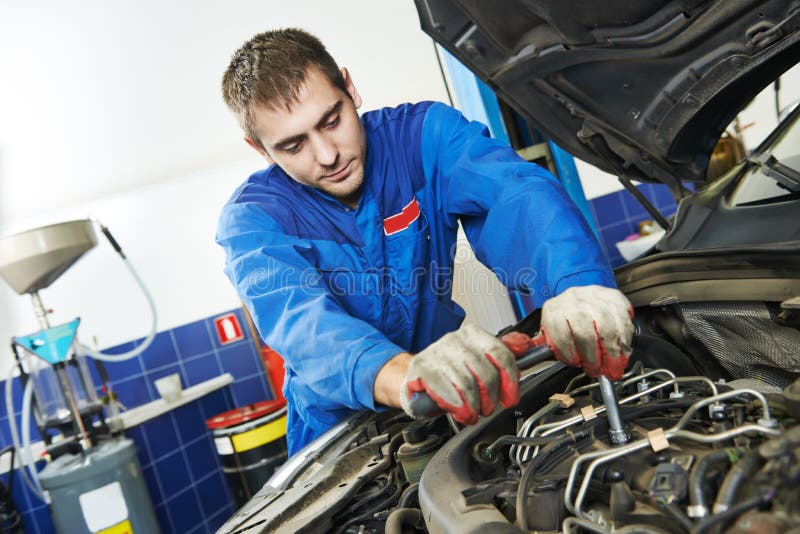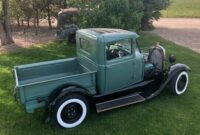Mechanic Service Trucks With Crane For Sale: Your Ultimate Guide to Mobile Productivity pickup.truckstrend.com
In the demanding world of field service, construction, agriculture, and heavy equipment maintenance, downtime is the enemy. Every minute a machine or vehicle sits idle due to a breakdown translates directly into lost revenue. This is where the unsung hero of mobile operations steps in: the Mechanic Service Truck With Crane. More than just a vehicle, it’s a mobile workshop, a heavy-lifting solution, and a strategic asset that brings unparalleled efficiency and capability directly to the job site.
This comprehensive guide will delve into every aspect of mechanic service trucks with cranes for sale, helping you understand their vital role, key features, purchasing considerations, and ultimately, how to make an informed decision that elevates your operational effectiveness.
Mechanic Service Trucks With Crane For Sale: Your Ultimate Guide to Mobile Productivity
The Mobile Powerhouse: Understanding Mechanic Service Trucks With Cranes
A mechanic service truck with a crane is a specialized commercial vehicle designed to provide on-site maintenance, repair, and assistance for various machinery and equipment. It’s essentially a heavy-duty truck chassis equipped with a custom-built service body and, most critically, a hydraulic crane.
What makes them indispensable?
Imagine a scenario where a piece of heavy machinery breaks down in a remote location. Without a service truck equipped with a crane, bringing in a separate crane or disassembling heavy components would be a time-consuming and costly ordeal. These trucks allow technicians to:
- Lift and move heavy parts (engines, transmissions, axles).
- Load and unload specialized tools or equipment.
- Perform intricate repairs directly on-site, minimizing the need to transport equipment back to a central shop.
- Respond quickly to emergencies, significantly reducing client downtime.

For mobile mechanics, utility companies, construction firms, mining operations, and large-scale agricultural enterprises, a service truck with a crane isn’t a luxury; it’s a fundamental tool for productivity, safety, and profitability.

The Anatomy of a Mobile Workshop: Key Components
Understanding the core components of these specialized vehicles is crucial for making an informed purchase.
1. The Truck Chassis
This is the foundation, typically a robust commercial-grade truck designed to handle significant weight.
- Light-Duty (Class 3-5): Often used for smaller jobs, lighter cranes, and more agile movement. Examples: Ford F-Series (F-350, F-550), Ram 3500-5500.
- Medium-Duty (Class 6-7): The most common choice, offering a balance of capacity and maneuverability. Examples: Freightliner M2, Kenworth T270/T370, Peterbilt 337.
- Heavy-Duty (Class 8): For the largest cranes and heaviest applications, often seen in mining or oil & gas. Examples: Peterbilt 389, Kenworth T880.
The Gross Vehicle Weight Rating (GVWR) of the chassis is paramount, as it must accommodate the weight of the service body, crane, tools, parts, and fuel.

2. The Service Body
Custom-fabricated from steel or aluminum, the service body transforms the truck into a mobile workshop. Key features include:
- Compartments: Numerous lockable compartments with shelving and drawers for organized storage of tools, spare parts, and supplies.
- Workbench: Often integrated with a vise mount for on-site fabrication and repair.
- Work Lights: For visibility during night operations or in poorly lit areas.
- Power Sources:
- Air Compressors: For pneumatic tools (impact wrenches, grinders) and tire inflation.
- Generators: To power electric tools, welders, and lights.
- Welders: Integrated or portable, for fabrication and repair.
- Outriggers/Stabilizers: Essential for safe crane operation, extending from the truck’s frame to provide a stable base.
3. The Hydraulic Crane
The star of the show, available in several types:
- Telescopic Crane (Service Crane): The most common type, featuring a boom that extends and retracts telescopically. They offer good reach and lifting capacity, ideal for general service work.
- Knuckle Boom Crane (Articulated Crane): Features multiple joints (like a human arm), allowing for greater flexibility and reach into tight spaces or over obstacles. Excellent for precise material handling.
- Stiff Boom Crane: A simple, non-articulating boom. Less common on service trucks but found on some specialized applications.
Cranes are rated by their lifting capacity (e.g., 3,000 lbs, 8,000 lbs, 14,000 lbs) and reach (how far the boom extends). Matching the crane’s capabilities to your typical lifting needs is critical.
Why Invest? The Unmatched Benefits
Owning a mechanic service truck with a crane offers a multitude of advantages that directly impact your bottom line and operational efficiency:
- Unparalleled Mobility & Responsiveness: Take your workshop directly to the job site, reducing travel time and enabling quicker response to breakdowns.
- Reduced Downtime: Perform complex repairs on-site, minimizing the time a valuable asset is out of commission.
- Increased Productivity: Technicians have immediate access to all necessary tools, parts, and lifting capabilities, streamlining work processes.
- Enhanced Safety: Safely lift and move heavy components, reducing manual labor strain and the risk of injuries.
- Versatility: Capable of handling a wide range of tasks, from lifting engines to changing tires, or even assisting with light construction tasks.
- Professional Image: Arriving with a fully equipped service truck projects professionalism and competence, building client trust.
- Cost Savings: Avoid the high costs of towing, external crane rentals, and transporting equipment to a shop.
Navigating the Market: Key Considerations Before Buying
Purchasing a service truck with a crane is a significant investment. Careful consideration of these factors will ensure you choose the right vehicle for your specific needs.
1. Define Your Needs & Applications
- What will you be lifting? Determine the maximum weight and reach required for your most frequent tasks. This dictates crane capacity.
- What type of equipment do you service? Heavy machinery, fleet vehicles, agricultural equipment, or lighter industrial assets?
- What tools and parts do you need to carry? This will influence the service body’s size and compartment layout.
- What terrain will you operate on? Rough terrain may require 4×4 capability and a more robust chassis.
2. New vs. Used: Weighing Your Options
- New Trucks:
- Pros: Latest technology, full warranty, customizable to exact specifications, higher resale value.
- Cons: Significant upfront cost, immediate depreciation.
- Used Trucks:
- Pros: Much lower purchase price, less depreciation, faster availability.
- Cons: Potentially higher maintenance costs, no warranty (or limited), unknown history, may not have all desired features.
- Tips for Used: Always get a pre-purchase inspection by a trusted mechanic. Request full service records, especially for the crane and hydraulics. Inspect for rust, frame damage, and signs of misuse. Test the crane thoroughly through its full range of motion with a test load.
3. Lifting Capacity, Reach, and Crane Type
- Don’t overbuy or underbuy. A crane that’s too small will limit your capabilities; one that’s too large might be overkill and add unnecessary weight/cost.
- Consider the crane moment rating (foot-pounds), which is a better indicator of overall lifting power across the boom’s reach.
- Evaluate whether a telescopic boom’s simplicity or a knuckle boom’s versatility better suits your common tasks.
4. Truck GVWR and Axle Ratings
Ensure the truck’s Gross Vehicle Weight Rating (GVWR) can safely handle the combined weight of the chassis, service body, crane, fuel, tools, parts, and the heaviest load you intend to lift. Overloading is dangerous and illegal. Check front and rear axle weight ratings.
5. Power Systems (Air Compressor, Generator, Welder)
- Air Compressor: What CFM (Cubic Feet per Minute) and PSI (Pounds per Square Inch) do your pneumatic tools require? Rotary screw compressors offer continuous air, while piston compressors are more economical for intermittent use.
- Generator: What wattage do your electric tools, lights, and welding machine demand?
- Welder: Do you need a dedicated welder or will a generator with welding capabilities suffice?
6. Storage and Organization
Consider the layout of compartments, shelving, and drawers. Look for features like adjustable shelving, pull-out trays, and secure locking mechanisms. Good organization saves time and reduces frustration.
7. Regulatory Compliance and Certifications
- DOT Regulations: Ensure the truck complies with all Department of Transportation (DOT) regulations for commercial vehicles (e.g., vehicle inspections, driver qualifications).
- Crane Certifications: Operators often require specific certifications (e.g., NCCCO in the US) to legally and safely operate cranes. The crane itself may require annual inspections.
- Weight Limits: Be aware of federal and state bridge and axle weight limits.
Pricing Guide: Mechanic Service Trucks With Crane For Sale
The price of a mechanic service truck with a crane varies significantly based on factors such as the truck’s year, make, model, mileage, condition, crane capacity, service body features, and the inclusion of auxiliary equipment (compressor, generator, welder). The table below provides a general estimated price range for illustrative purposes. These are estimates only, and actual prices will vary.
| Category | Crane Capacity (approx.) | Condition | Estimated Price Range (USD) | Key Features / Notes |
|---|---|---|---|---|
| Light-Duty | 3,000 – 5,000 lbs | Used | $30,000 – $80,000 | Older models, higher mileage, smaller chassis (e.g., F-450/550, Ram 4500/5500), basic service body. |
| New | $90,000 – $150,000+ | New chassis, smaller but new crane, basic to mid-range service body, often built to order. | ||
| Medium-Duty | 6,000 – 10,000 lbs | Used | $70,000 – $150,000 | Mid-range chassis (e.g., Freightliner M2, Kenworth T370), good condition, moderate mileage, well-equipped. |
| New | $160,000 – $250,000+ | New chassis, mid-capacity new crane, comprehensive service body, often includes compressor/generator. | ||
| Heavy-Duty | 12,000 – 20,000+ lbs | Used | $120,000 – $250,000+ | Heavy-duty chassis (e.g., Peterbilt, Kenworth), high-capacity crane, extensive service body, potentially specialized. |
| New | $280,000 – $450,000+ | Brand new heavy-duty chassis, large capacity crane, fully customized service body, premium auxiliary equipment. | ||
| Specialized/Custom | Varies | Used/New | $200,000 – $500,000+ | Highly customized builds for specific industries (e.g., mining, utility), large knuckle boom cranes, advanced systems. |
Disclaimer: Prices are highly variable. Factors such as regional market conditions, dealer vs. private seller, specific brand of crane/body, and included features will significantly impact the final price. Always obtain multiple quotes and thoroughly inspect any vehicle before purchase.
Practical Advice for a Smart Purchase
- Define Your Budget (and stick to it!): Account for not just the purchase price, but also insurance, registration, maintenance, fuel, and potential operator training.
- Inspect, Inspect, Inspect: For used trucks, a professional pre-purchase inspection is non-negotiable. Pay close attention to the frame, suspension, hydraulics, and crane operation.
- Test Drive and Test Crane: Don’t just look; operate. Test the truck under various conditions and operate the crane through its full range of motion with a load (if possible). Listen for unusual noises.
- Review Maintenance Records: A well-maintained vehicle, especially one with complex hydraulic systems, will have detailed service records.
- Consider Aftermarket Support: Are parts readily available for the truck, crane, and auxiliary equipment? Is there a reliable service center nearby?
- Don’t Forget Resale Value: Reputable brands for both chassis and crane tend to hold their value better.
Potential Challenges and Solutions
- High Upfront Cost:
- Solution: Explore financing options, consider purchasing a well-maintained used truck, or lease the vehicle if appropriate for your business model.
- Maintenance Complexity:
- Solution: Establish a rigorous preventative maintenance schedule. Ensure your technicians are trained on basic checks, and rely on certified professionals for hydraulic and crane system maintenance.
- Operator Training and Certification:
- Solution: Invest in proper training for all operators. Many jurisdictions require specific crane operator certifications. This is critical for safety and compliance.
- Weight Management:
- Solution: Be acutely aware of your truck’s GVWR and axle ratings. Never overload. Distribute weight evenly within compartments. Consider lighter aluminum service bodies if weight is a consistent concern.
- Finding the Right Fit:
- Solution: Work with reputable dealers specializing in service trucks. Clearly articulate your needs and budget. Don’t rush the decision.
Frequently Asked Questions (FAQ)
Q1: Do I need a special driver’s license to operate a mechanic service truck with a crane?
A1: It depends on the truck’s Gross Vehicle Weight Rating (GVWR) and whether you’re operating the crane. In the U.S., a Commercial Driver’s License (CDL) is generally required for vehicles with a GVWR of 26,001 pounds or more. Additionally, operating the crane itself often requires specific operator certification (e.g., NCCCO certification), regardless of the truck’s weight. Always check local and federal regulations.
Q2: How often should the crane and hydraulic system be inspected?
A2: Cranes typically require annual inspections by a qualified professional, as well as regular visual checks by the operator before each use. Hydraulic fluid levels and hoses should be checked frequently as part of routine vehicle maintenance. Follow the manufacturer’s recommendations for specific service intervals.
Q3: Can I add a crane to an existing truck?
A3: While technically possible, it’s a complex and often expensive undertaking. The truck’s chassis must be structurally capable of handling the crane’s weight and lifting stresses, often requiring frame reinforcement and the addition of outriggers. It’s usually more cost-effective and safer to purchase a purpose-built service truck with an integrated crane.
Q4: What are the main brands for service truck bodies and cranes?
A4:
- Service Bodies: Stellar, Knapheide, Reading, Maintainer, Warner.
- Cranes: Stellar, Palfinger, Fassi, Auto Crane, IMT, Manitex, Cormach.
- Truck Chassis: Ford, Ram, Chevrolet, Freightliner, Kenworth, Peterbilt, International.
Q5: What is the typical lifespan of a well-maintained service truck with a crane?
A5: A well-maintained service truck chassis can last 15-20 years or more, often exceeding 300,000-500,000 miles. The crane and service body, if properly cared for and not overloaded, can have a similar lifespan, sometimes even longer with component replacements. Regular maintenance is key to maximizing longevity.
Conclusion: Elevating Your Mobile Service Capabilities
A mechanic service truck with a crane is more than just a vehicle; it’s a strategic investment in efficiency, safety, and operational excellence. For businesses and independent contractors who rely on mobile service and heavy lifting, it represents a commitment to rapid response, reduced downtime, and professional execution.
By understanding the components, carefully evaluating your needs, and considering the crucial factors outlined in this guide, you can confidently navigate the market for mechanic service trucks with cranes for sale. Choose wisely, maintain diligently, and unlock a new level of productivity that keeps your operations moving forward, no matter where the job takes you.



